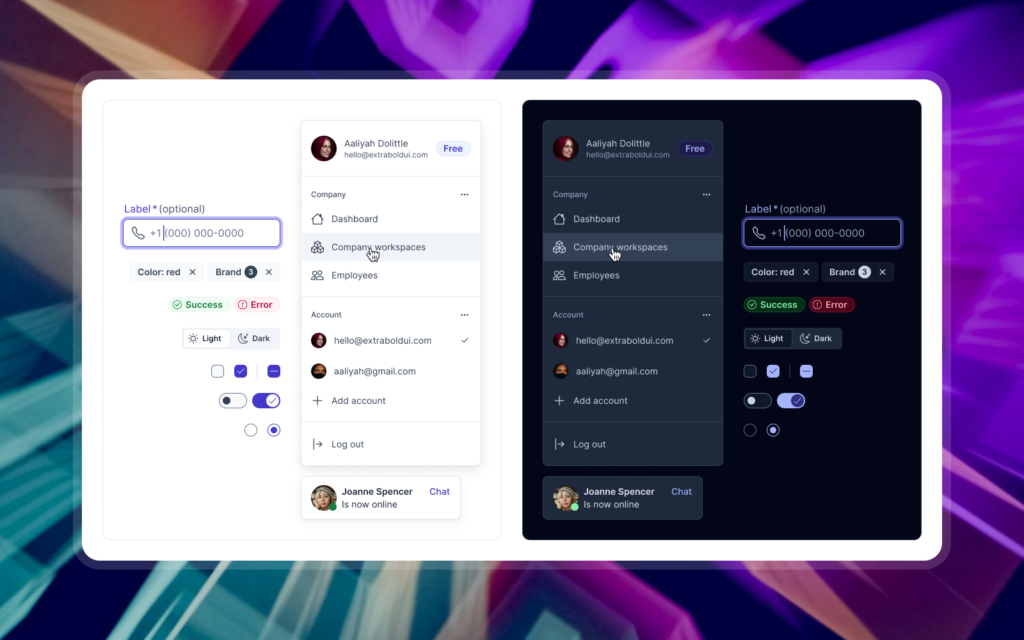Consistency is the backbone of good user experience. When interfaces behave and look the same across a product, users spend less time figuring out how things work and more time getting things done.
Enhances trust and familiarity
People prefer interfaces they can predict. Repeated patterns, familiar controls, and consistent language let users form expectations. That sense of predictability reduces hesitation and increases confidence, which raises engagement and retention.
Reduces cognitive load
Every new visual or interaction forces people to learn something. Consistency removes that extra work. When components act the same way everywhere, users do not need to relearn controls or guess outcomes. The result is fewer mistakes and faster completion of tasks.
Streamlines team collaboration
A design system is a shared source of truth. Designers, developers, and product managers work from the same components, rules, and vocabulary. That alignment cuts down on back and forth, clarifies expectations, and speeds up handoffs.
Improves scalability
Products change and grow. Without standards, every new feature risks creating divergence. A design system keeps the interface recognisable across platforms and releases. That consistency preserves brand identity and makes it easier to add features without fragmenting the experience.
Saves time and resources
Reusable components and clear guidelines stop teams from reinventing the wheel. Teams prototype faster, ship with fewer surprises, and spend less time on maintenance. That translates into lower development cost and more capacity to focus on real problems.
Design systems are not only about looks. They are practical toolsets that raise product quality, reduce work, and make complex products easier to use.

